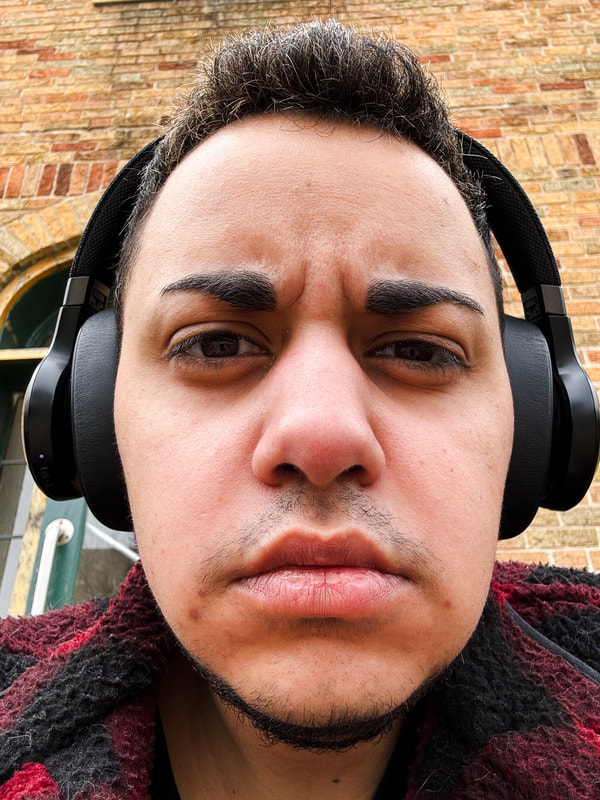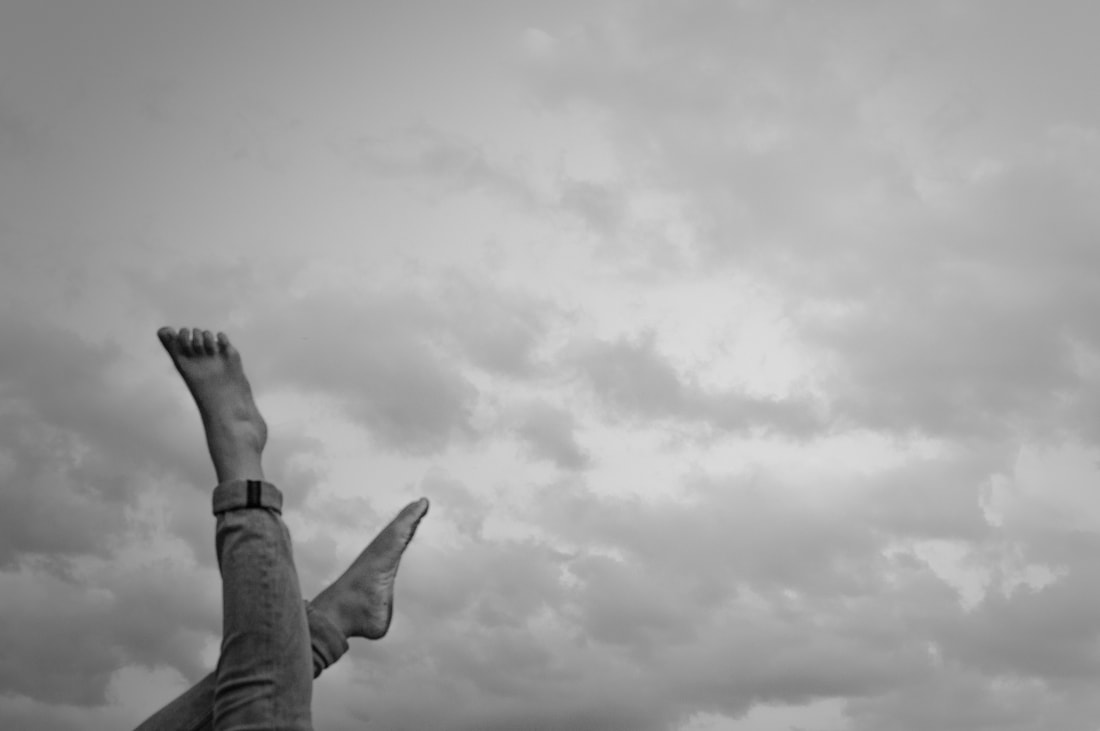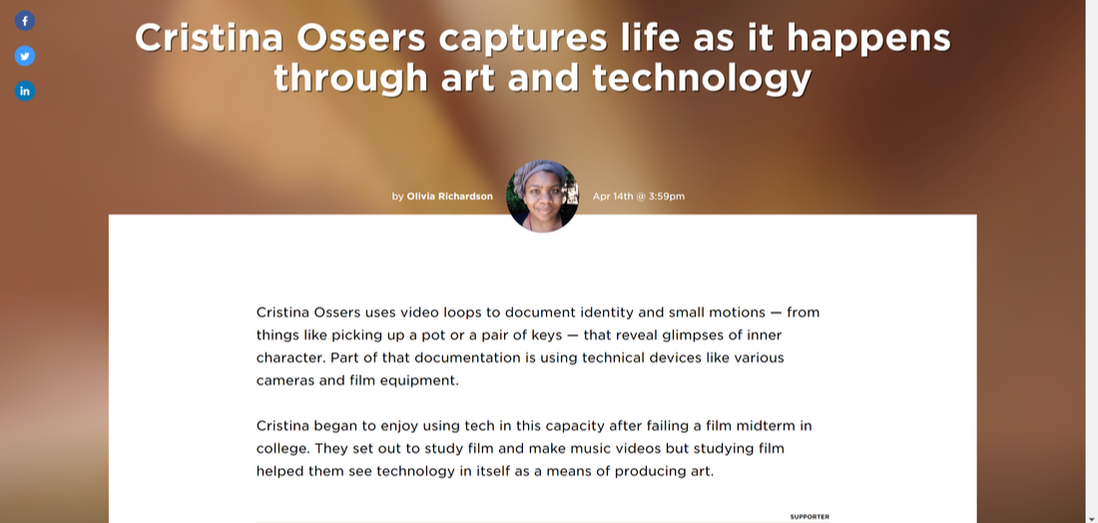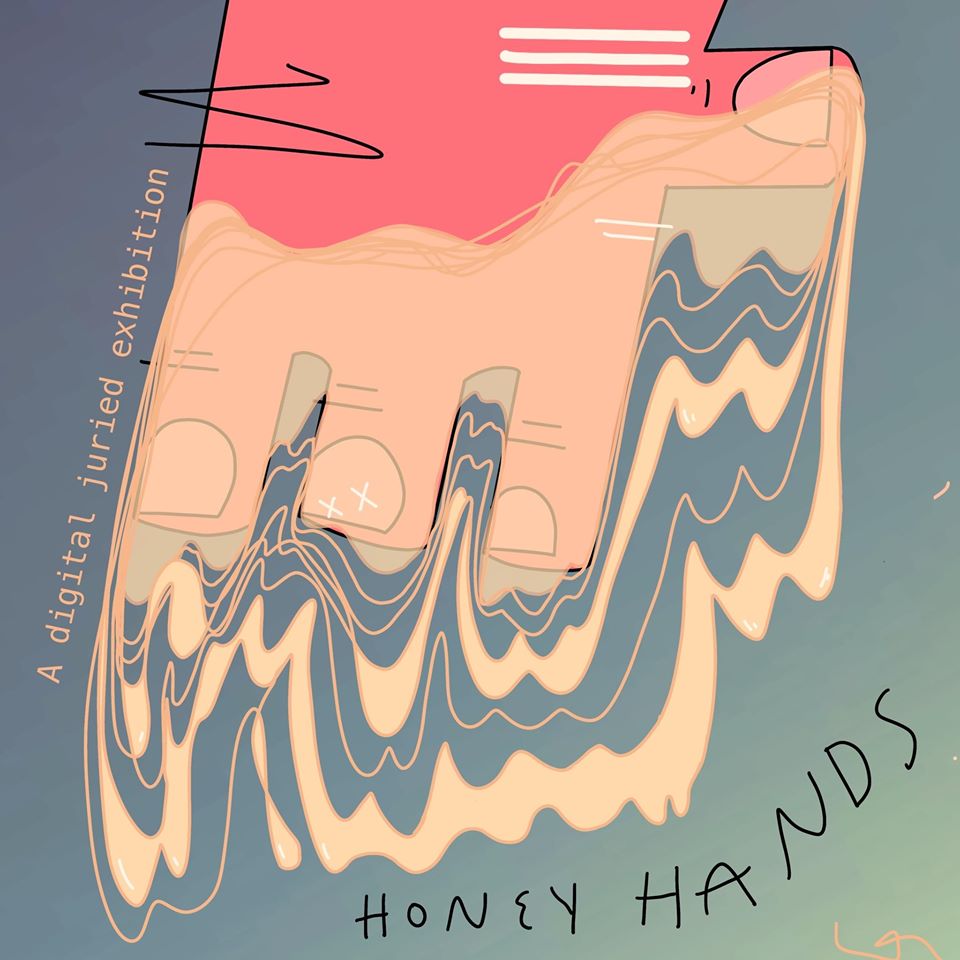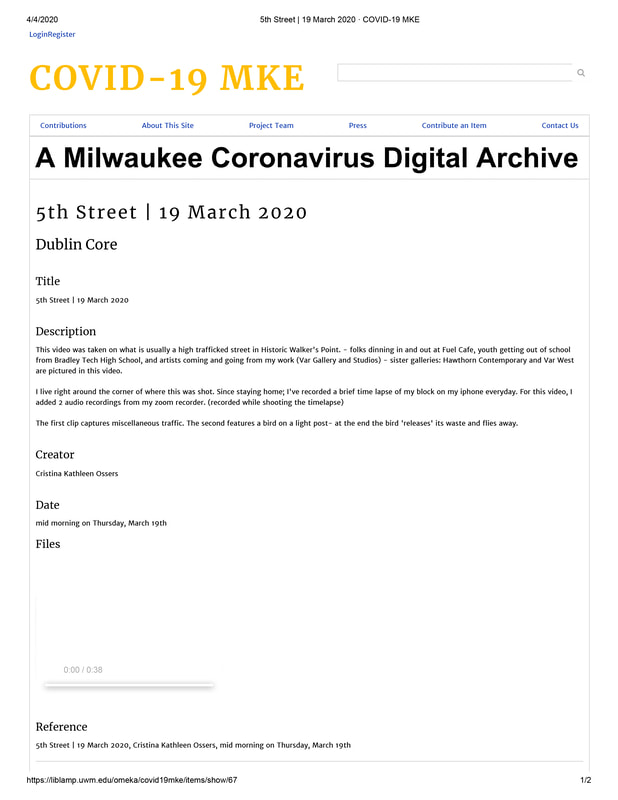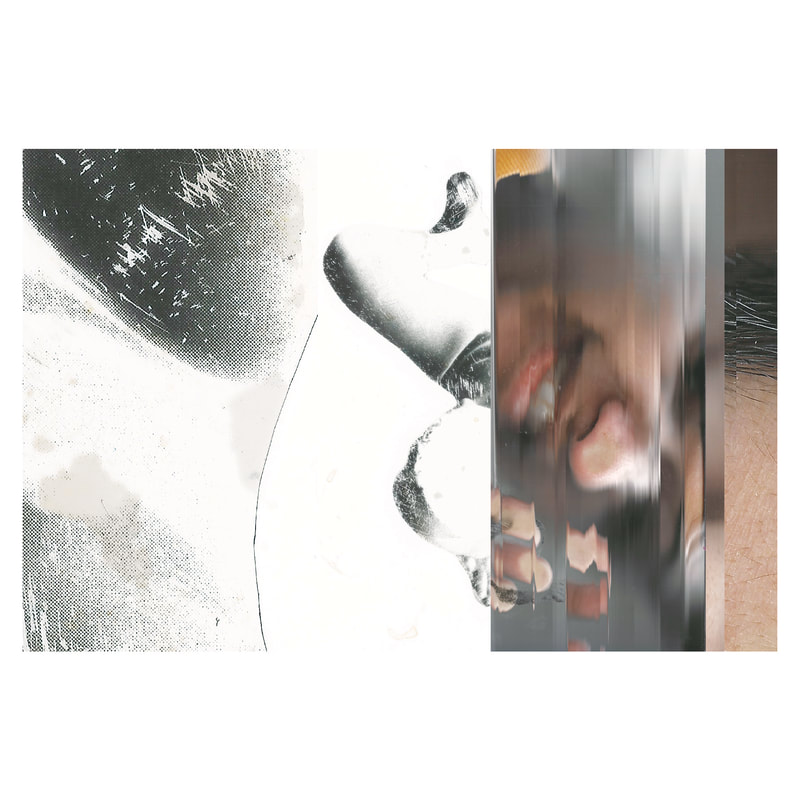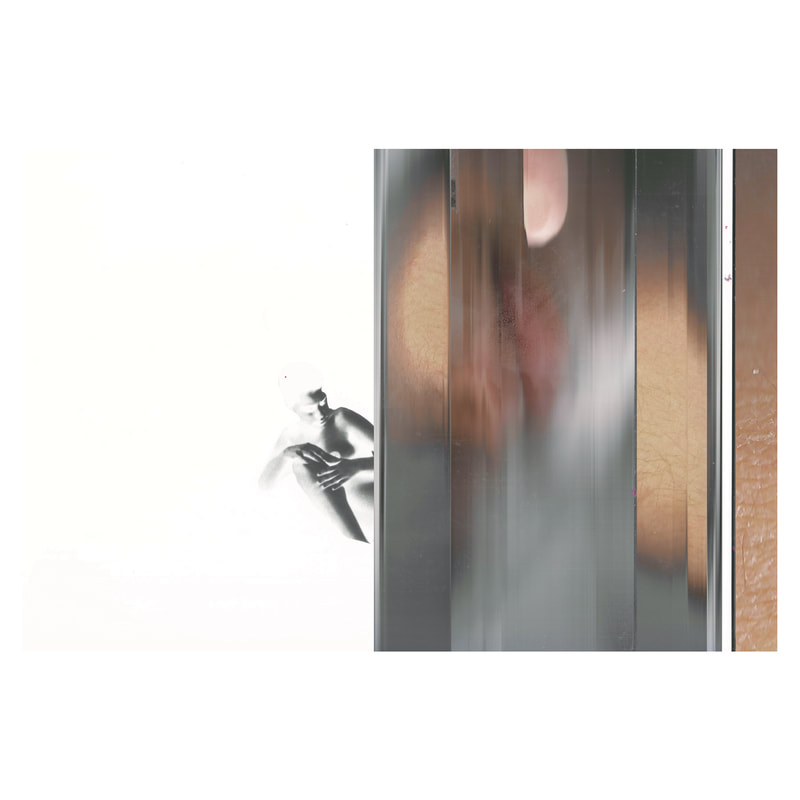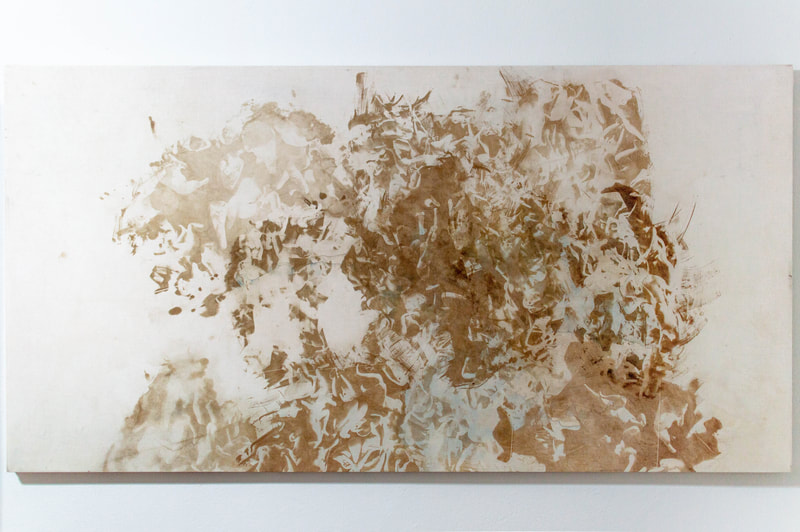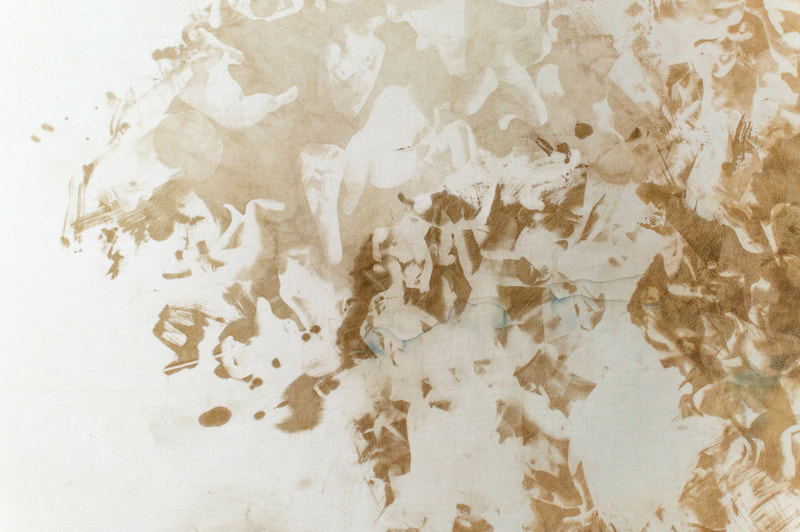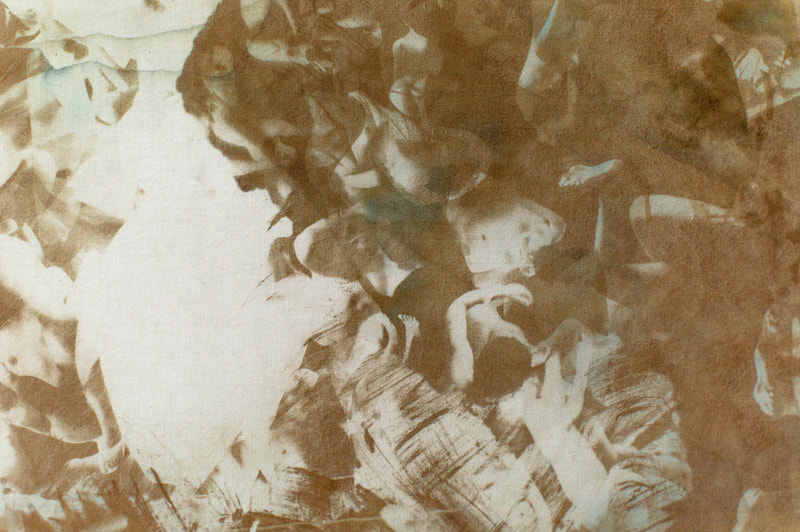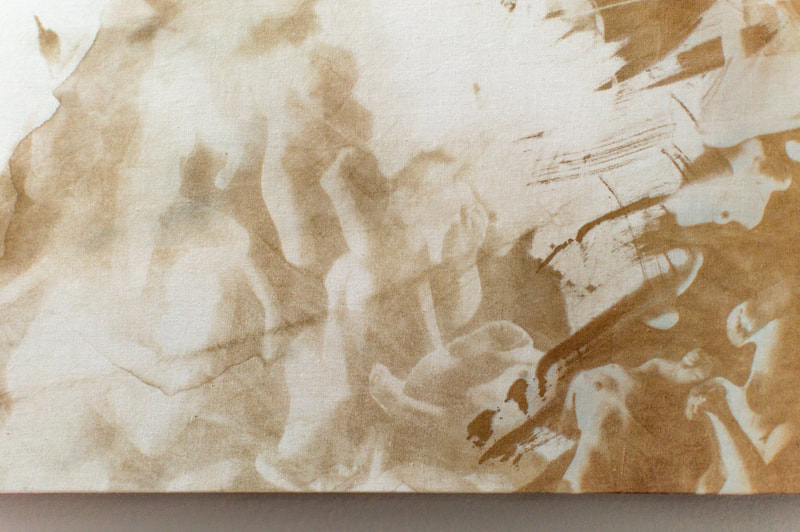|
gender dysphoria is
“at what age did you start your period?” “and were you ever on birthday control” yes. “and about what age and how long | euphoria kicks in when a hospital’s care reminds you of that of which you received in childhood the 90’s gets *com· part· men· tal· ize(d) to the past a mammogram gets you closer to *that this integrated present hot in a hospital gown patterns soft the blue is cool ? fascinated in a hospital room “can I take a picture” “I am an artist. I’ve been making work Inspired by my transition” Five Seventeen West
Bruce Street Apartment Four Mil- waukee Wisconsin | Five. Three. Two. Oh. Four. summer twenty one tenancy terminated, my first hormone shot what Has changed? | a plea to pause, because coming out and moving was a lot "She Became Exhausted, a video installation by Adam White, portrays the internal struggle of keeping one’s thoughts straight and failing. The video reads like a photo slideshow as images fade in and out of the screen, or glitch into view for just a second. The photos themselves depict blurry or glitchy images of light fragments. The installation’s title indicates to the viewer that the abstract video is a visual representation of exhaustion, a state of being that often makes one’s mind short-circuit. The overlapping, hard-to-discern images and visual effects encapsulate this shared human experience and make it comprehensible.
The abstract works in The Space Between Us illustrate complex and layered human experiences—emotional intimacy, familial relationships, and self-acceptance—without the constraints of western ideals. The artists redefine abstraction while also expanding the possibility of multimedia storytelling." Becoming a Visible Man by Jamison Green he writes: "For me, the process of coming out as trans was less like opening a closest door and more like slowly lighting a series of candles in a dark cave." When I read his story, I was just starting to consider HRT. I showed my two best friends every page that I had eagerly marked with an array of sticky notes: re-imaging how I fit into the world's future | centered connected and comfortable Jamison Green also appears in the 1997 documentary, You Don't Know Dick
William Foy, Leader-Telegram entertainment reporter The piece:
“It’s part of a larger series that I started at the end of 2019. There’s about like 30 I made total. “In short I entered it to this exhibition because when I exhibit this work I either exhibit it on small prints on transparency paper or digitally on my website. So knowing this was a virtual exhibition I wanted to submit work that would translate well on a web platform. “But second to that, what I really wanted to do was to select work that felt relevant to the time, I mean the pandemic. “Since I started that series in 2019, come 2020 I did what I’ve seen a lot of folks do during lockdown and I reflected a lot, and specifically I was reflecting on my social transition from she/her pronouns to they/them pronouns. And then eventually being transgender nonbinary. “So that piece is kind of like this fragmented narrative, learning and unlearning, and my own self-discovery. Because all of the arrangements in the collages in that series, they’re scanned images of myself, and then I would rearrange them in Photoshop.” “I was really fortunate prior to the pandemic. I had been seeing a therapist for what was about two years. And we got to continue talking over the phone for a year, and I talked a lot about my gender identity. She listened to a lot of me working through that. That was both intense but a relief to explore that in private.” The pandemic: “What (the pandemic) literally caused me to do in my work — I made it a lot faster and more intuitively. And that was both because I wanted to document the uniqueness of the time. But I was also alongside trusting to embrace my impulses in making. “So the work I submitted to this show and the work I’m making now looks drastically different. The work I’m making now looks very similar to what is short clips of someone’s home video but through the lens of a fine artist. That’s been really fun. “But on a deeper level, COVID-19 brought my priorities back to my relationships with friends and family. I guess what I gathered: To show up to my loved ones I needed to show up to myself first. “So since the pandemic my work is far less visually ambiguous, and I find a lot more beauty in myself and in my life. “So I feel much more rooted in my goal to archive that for future generations to enjoy as well. But also through a queer lens.” Juror’s comment: “I chose this work as it allowed me or had me start to reexamine the perceived structure and balance of a human face in the way that it was segmented and reassembled.” Contact: 715-833-9214, william.foy@ecpc.com, @BillFoy1 on Twitter Olivia Richardson, 88 Nine Radio Milwaukee "Cristina Ossers uses video loops to document identity and small motions — from things like picking up a pot or a pair of keys — that reveal glimpses of inner character. Part of that documentation is using technical devices like various cameras and film equipment.
Cristina began to enjoy using tech in this capacity after failing a film midterm in college. They set out to study film and make music videos but studying film helped them see technology in itself as a means of producing art." JAMISON GREEN For me, the process of coming out as trans was less like opening a closest door and more like slowly lighting a series of candles in a dark cave. p. 10 I was incapable of verbalizing the clearly, but I do remember two incidents in which I tired to convey my limited understanding of myself to others. p. 15 I had to understand my part in the system of inequity, whether I occupied a female place and a masculine role or a male place and a masculine role. p. 23 ...the problematic difference between mt chronological age (mid-forties) and mt biochemical age as I recreated myself (late teens).
p. 32 SEX, POLITICS, AND THE ETHICS OF QUEER LIFE | MICHAEL WARNER. . . they will find it hard to distinguish their shame from its politics, their personal failings from the power of alien norms. p. 3 For most people, at least, the ethical response to sexual shame seems to be: more shame. p. 3 What looks like crime might be harmless difference. What looks like immorality might be a rival morality. What looks like pathology might be a rival form of health, tolerance of stress. p. 5 So sexual autonomy requires more than freedom of choice, tolerance, and the liberalization of sex laws. It requires access to pleasures and possibilities, since people commonly do not know their desires until they find them. p. 7 Women and gay people have been especially vulnerable to the shaming effects of isolation. Almost all children grow up in families that think of themselves and all their members as heterosexual, and for some children this produces a profound and nameless estrangement, a sense of inner secrets and hidden shame.
p. 8 facebook event banner ArtWorks' interns in the multi-media storytelling internship with lead artist, Cristina Ossers, will be presenting their work at program partner, Walker's Point Center for the Arts. We'll have food, beverages, and a raffle -- all welcome! Thanks to ManpowerGroup for sponsoring this event! The show will feature the artwork of seven interns from different high schools in the greater Milwaukee Area. Artwork will include a variety of image-based installations, as well as one short story that will be available to read during the reception. All work is a reflection of how the interns’ environments - home, culture, social landscape - have shaped and informed who they are today. The unveiling will conclude our 24-week internship that each student started in the fall of 2018. Interns have spent their time practicing a variety of artistic disciplines with an emphasis on photography. They’ve engaged with local galleries and visited artists’ studios, as well as collaborated with several Milwaukee creative professionals throughout the year. facebook event description
Christina Zawadiwsky
toned cyanotype collage on fabric I Don't See C is a 60'' by 30'' toned cyanotype collage print. The project was created for Body: A Non-Figurative Exhibition. The show description, written by Nykoli Koslow, read as followed:
The body is a concept difficult to categorize. Its identity is often too elusive and expansive for its own skin. The body moves, becomes, and transcends its own figure. Whether we like it or not, the body we inhabit is all we have to experience this world. For this exhibit, each artist has a simple prompt; to create work that exemplifies what it is like being you, in your own body that is both shaping and shaped by the world. |
Categories
All
Archives
November 2024
|

